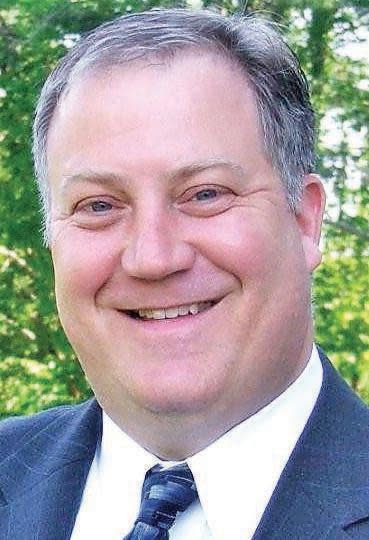Money Talk: Congress has more changes in store for retirement accounts
In May of last year, the House Ways and Means Committee pushed forward additional changes for retirement accounts that built upon those included in the Setting Every Community up for Retirement Enhancement Act (SECURE Act) that was voted into law in 2019. As you may recall, the SECURE Act, among other things, pushed back the age at which required distributions must be taken from tax-deferred retirement accounts like IRAs and 401(k)s from age 70 ½ to age 72 and eliminated the ability for non-spouse beneficiaries to stretch required distributions over their lifetimes for inherited retirement accounts.
After being tabled in 2021, SECURE Act 2.0 has now made it through the house with wide bipartisan support passing with an overwhelming majority vote of 414-5. Formally known as the Securing a Strong Retirement Act of 2022, the bill is expected to be reconciled with two related Senate bills, the EARN Act and Rise & Shine Act, both of which were passed June. While we cannot be certain of which provisions will survive in the final legislation, here are some highlights of SECURE Act 2.0 to be aware of including benefits to encourage retirement savings and more changes to the RMD rules.
For savers, one of the major provisions of the bill is one that expands automatic enrolment in workplace retirement plans. Employers who establish a 401(k) or 403(b) would be required to enroll all new employees in the plan at a minimum contribution rate of 3% and increase the contribution rate annually until it reaches 10%. Employers would also have the option to enroll employees at a higher contribution rate, up to 10%. Employees would have the ability to opt out of the plan or elect a different contribution rate. This provision recognizes that automatic enrollment greatly increases employee participation in retirement savings plans and increases contribution rates by overcoming the inertia inherent in retirement plan designs that make employees opt in to participating. The downside is that this provision only applies to new plans. Existing plans would be grandfathered, and new and small businesses (less than 10 employees) would be given an exemption from auto enrollment.
Retirement savers would also benefit from an enhanced catch-up contribution provision. Currently, taxpayers aged 50 and older are allowed to contribute an additional $6,500 to their 401(k) accounts to boost savings in what should be a pre-retiree’s highest earning years. SECURE 2.0 allows for a $10,000 catch up contribution for workers aged 62-64 and indexes the catch-up limit for inflation so that it increases automatically rather than taking an act of Congress. The twist here is that catch-up contributions would be required to go into after-tax Roth accounts, rather than going into plans pre-tax.
Workers closer to retirement may like SECURE 2.0’s changes to the required minimum distribution (RMD) rules which impact both the RMD age and penalties that apply on missed required withdrawals. Again, the original SECURE Act pushed the starting age for required withdrawals from traditional IRA and 401(k) accounts from 70 ½ to 72. SECURE 2.0 pushes the start of RMDs to age 73 for those who turn 72 from 2022 to 2027 then, 74 for those turning 72 in 2028 to 2029 and 75 for those turning 72 after 2029.
Currently, the penalty for missing a required withdrawal is 50% of the amount of the withdrawal that should have been taken. Since RMDs can amount to tens of thousands of dollars for those with larger IRA balances, this additional tax is significant, thought the IRS has been lenient in granting waivers from this penalty. SECURE 2.0 reduces the additional tax on missed RMDs to 25% of the amount not withdrawn in a timely manner and this amount declines to 10% for missed withdrawals that are rectified within a “correction window” that can extend to three years from the missed RMD.
Taxpayers currently taking RMDs may be interested in the bill’s changes to the Qualified Charitable Distribution (QCD) rules. Currently, taxpayers subject to RMDs can divert up to $100,000 from their IRA to a qualified charity and avoid having this amount included in taxable income. This can be an ideal way to gain a tax benefit for charitable contributions. The new law would index the $100,000 limit for inflation so that it increases over time automatically rather than being locked in until Congress makes a change.

David T. Mayes is a CERTIFIED FINANCIAL PLANNERTM professional and IRS Enrolled Three Bearings Fiduciary Advisors, Inc., a fee-only advisory firm in Hampton. He can be reached at 603-926-1775 or david@threebearings.com.
This article originally appeared on Portsmouth Herald: Money Talk: Congress has more changes in store for retirement accounts
